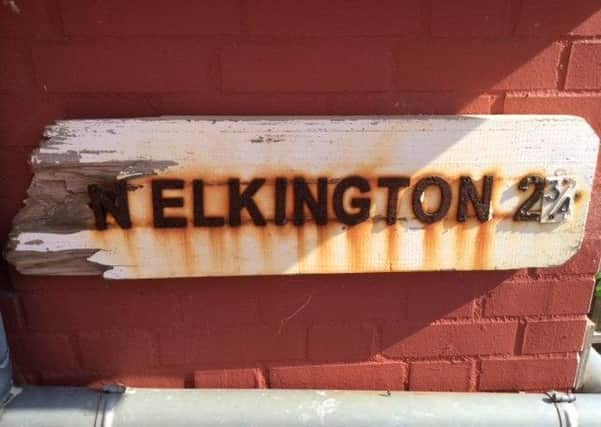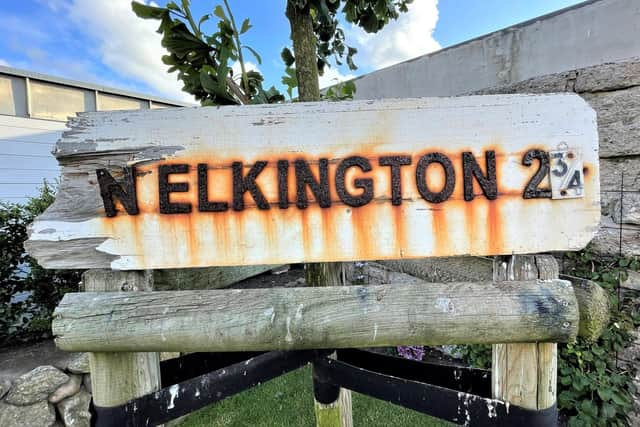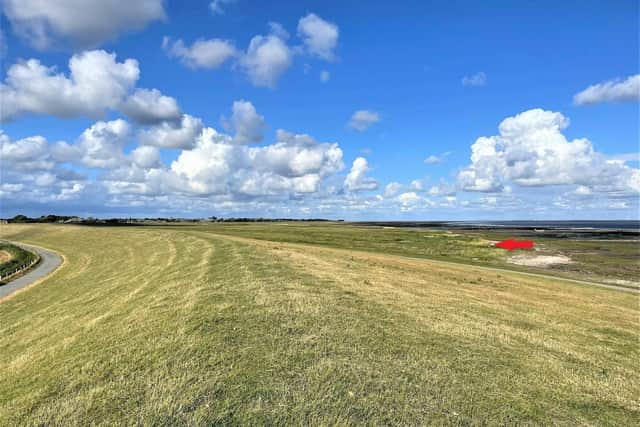How did this Lincolnshire road sign end up being discovered on a German beach?


The wooden sign, which states “N. Elkington 2 ¾” on both sides, was found on the island of Sylt, located to the west of the border between Germany and Denmark – and more than 350 miles away from Lincolnshire as the crow flies.
The discovery came after this newspaper received an email from Günter Schroeder last month, which stated that his family had found the sign on the beach around five years ago.
Advertisement
Hide AdAdvertisement
Hide AdSince then, the sign has taken pride of place on a wall at Mr Schroeder’s property.


Mr Schroeder suggested that the sign was so old that it could have been washed away in one of the recent floods, or even in the Great Flood of 1920,
However, following further inspection, Mr Schroeder sent a follow-up message explaining that the metal letters had been fastened with Phillips-branded screws, which were not produced until the early 1930s.
The Louth Leader contacted North Elkington Parish Council and Lincolnshire County Council, on the off-chance that either of these authorities kept a record of local road signs, but to no avail.
Advertisement
Hide AdAdvertisement
Hide AdWe also contacted Louth Museum, where volunteer Ruth Gatenby suggested that, quite simply, the sign was probably taken down when it was replaced by more modern signage, as opposed to washed away in a historical flood.


Ruth said: “(The sign was probably) replaced due to modernisation of signposts, general wear-and-tear, or possibly a collision as it looks decidedly broken.
“(The sign’s) location must have been two-and-three quarter miles from the village of North Elkington with no significant villages on the road between the signpost and North Elkington. The crossroads above Wyham is a possible location.”
Other local historians were contacted at the same time, but no further suggestions were offered – and so, the case of the Lincolnshire road sign washed up on a German beach remains an intriguing mystery.
• Do you know how the sign ended up in Germany? Email us at [email protected]
Comment Guidelines
National World encourages reader discussion on our stories. User feedback, insights and back-and-forth exchanges add a rich layer of context to reporting. Please review our Community Guidelines before commenting.